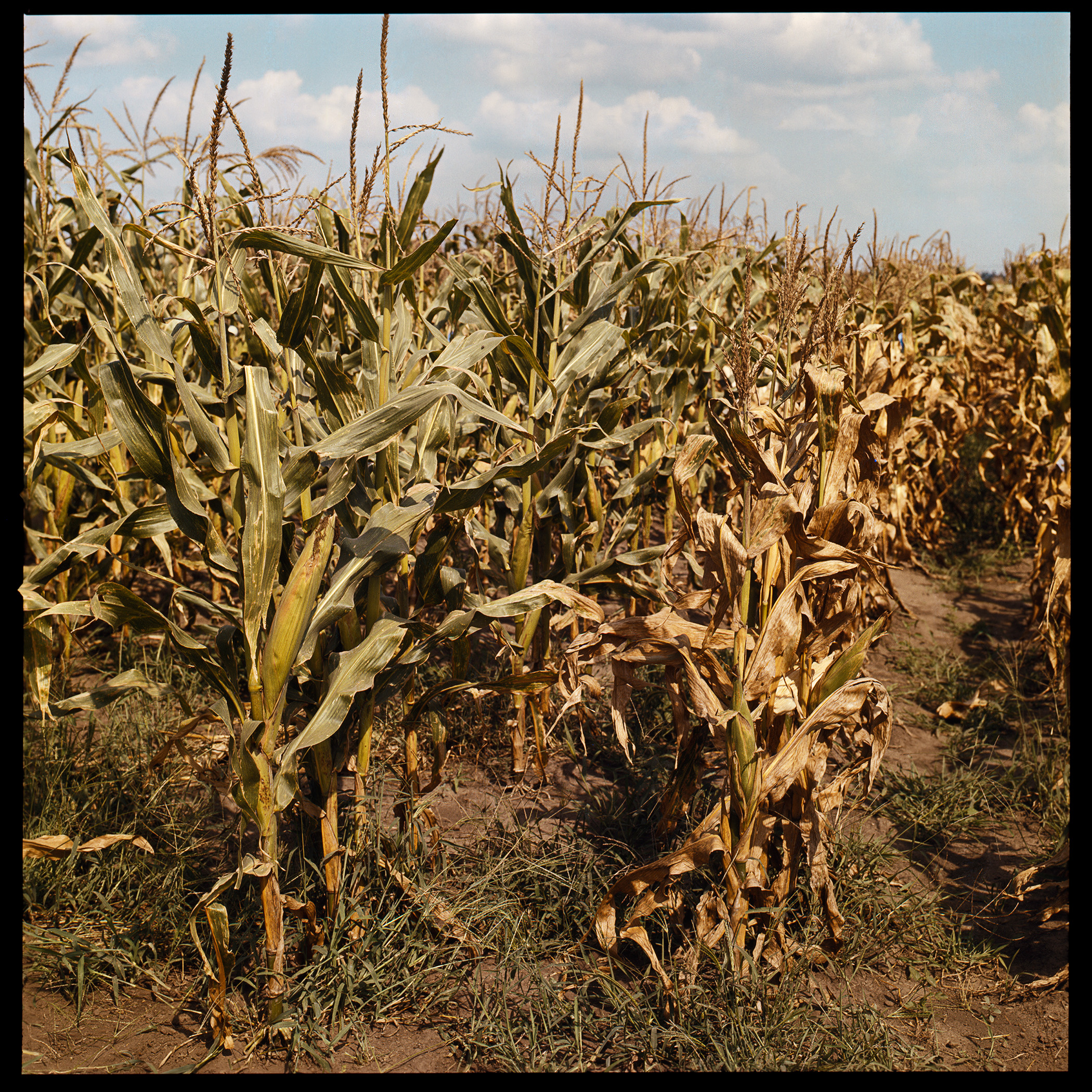Urbana, Illinois, SA
August 6, 2010
 Do you ever wonder why you see so many fields of detasseled corn each summer? The answer goes back to the summer of 1970.
Do you ever wonder why you see so many fields of detasseled corn each summer? The answer goes back to the summer of 1970.
Forty years ago, the Southern Corn Leaf Blight (SCLB) Epidemic, ravaged cornfields across the United States. This epidemic is considered by many to be the most economically devastating field crop disease of any developed area of the world during the 20th century.
The discovery of the cause of the epidemic and the solution - detasseling - was spearheaded by corn pathologists at the University of Illinois.
Former U of I researchers Art Hooker, Dave Smith and Sung Lim led the race to find answers to this disease. Hooker, now deceased, led the research team and coordinated their efforts.
Lim identified the toxin produced by the new strain of the fungus causing SCLB which allowed it to preferentially attack corn with the T source of cytoplasmic male sterility. Smith focused on the reproduction differences between the SCLB strains showing the new strain was much more aggressive than the old strain.
Collectively, they all worked on identifying additional sources of resistance, their inheritance, SCLB economics and its ultimate control.
Their team provided the definitive cause for the SCLB Epidemic in the October 1970 issue of Plant Disease Reporter.
"It was one of the most exciting times anyone working in plant pathology could go through," Smith said. "Our team met weekly to pool our results from the previous week and develop strategies for what research we'd move forward with next."
Fortunately the solution was obvious almost immediately to U of I researchers.
"It was a unique situation because the solution to control the disease was apparent from the same series of experiments which defined the problem," Smith said. "It didn't require 10 years of additional research. The SCLB observations Hooker made in the fall of 1969 were defined in the research conducted in April 1970. The lag time to implement the solution was about a year. And by 1972, SCLB caused by race T was already a thing of the past.
"To me, that is the ideal way — to not allow things to reach catastrophic levels before research starts. But that takes a certain level of commitment from a university or company so you don't have to start at ground zero when a problem hits."
Jerald Pataky, U of I professor in the department of crop sciences, said this was a "shining moment" for Illinois.
According to Pataky, corn yields were reduced 20 to 25 percent nationwide, with higher loss occurring in the South. Congress appropriated millions of dollars for researchers to study this disease in 1971.
"Ironically, our researchers already had solved the problem just as it was reaching the forefront of public interest," Pataky said. "Everyone here knew the solution was at hand, but they needed a growing season to be able to make the changes necessary to implement that solution."
U of I continues to seek answers to the problems and plant diseases farmers are facing in the fields. Pataky believes these researchers are great examples of how universities can help producers make progress.
Pataky said, "Their unpretentious, straightforward work should be a reminder to all researchers that the technological sophistication of our research is not nearly as essential as our ability to observe and recognize significant phenomena and to design experiments that provide definitive answers to questions of importance."
Photo: Field experiment comparing new inbred corn variety that is resistant to Southern Corn Leaf Blight with a variety with no resistance.